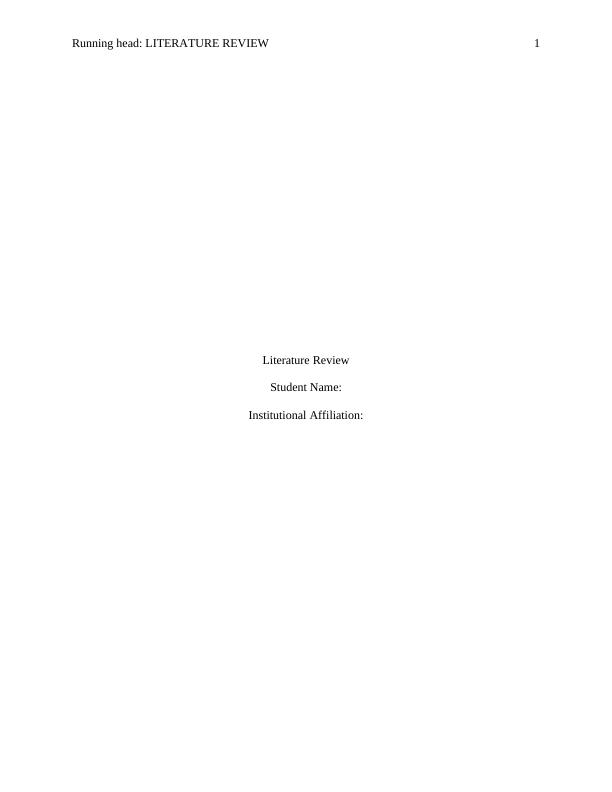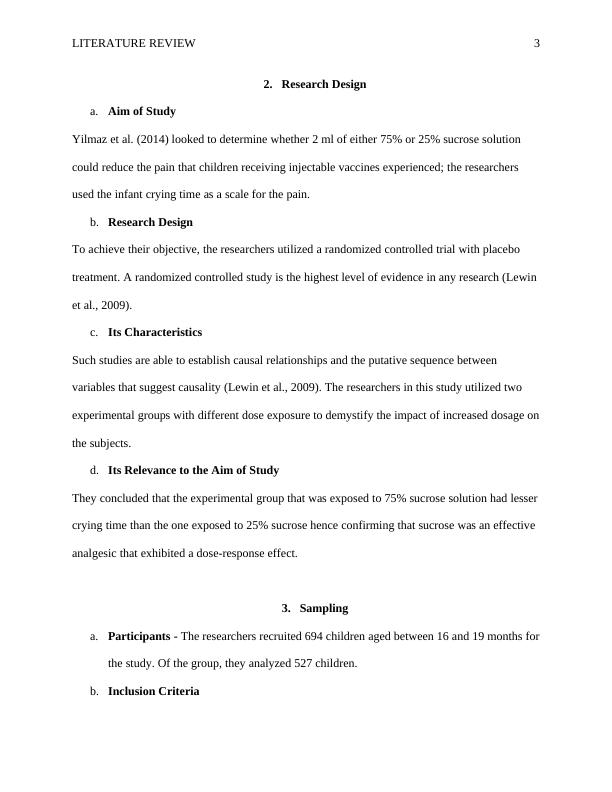Theory and Practice in Language Studies - PDF
Added on 2021-05-30
9 Pages1944 Words70 Views
End of preview
Want to access all the pages? Upload your documents or become a member.
Effect of Sucrose Solution on Pain Due to Immunization in Infants: A Randomized Controlled Trial
|7
|2469
|289
Statistical Methods in Healthcare - PDF
|7
|2434
|25
Effect of Sucrose Solution on Pain During Immunization in Infants: A Randomized Controlled Trial
|9
|2471
|141
Research on Nursing and Midwifery
|9
|2194
|47
Oral Sucrose Administration to Reduce Pain Response During Immunization
|10
|2742
|449
Reduction of pain during immunization by administration of oral glucose
|8
|2127
|274



